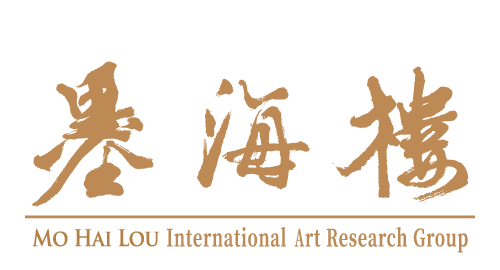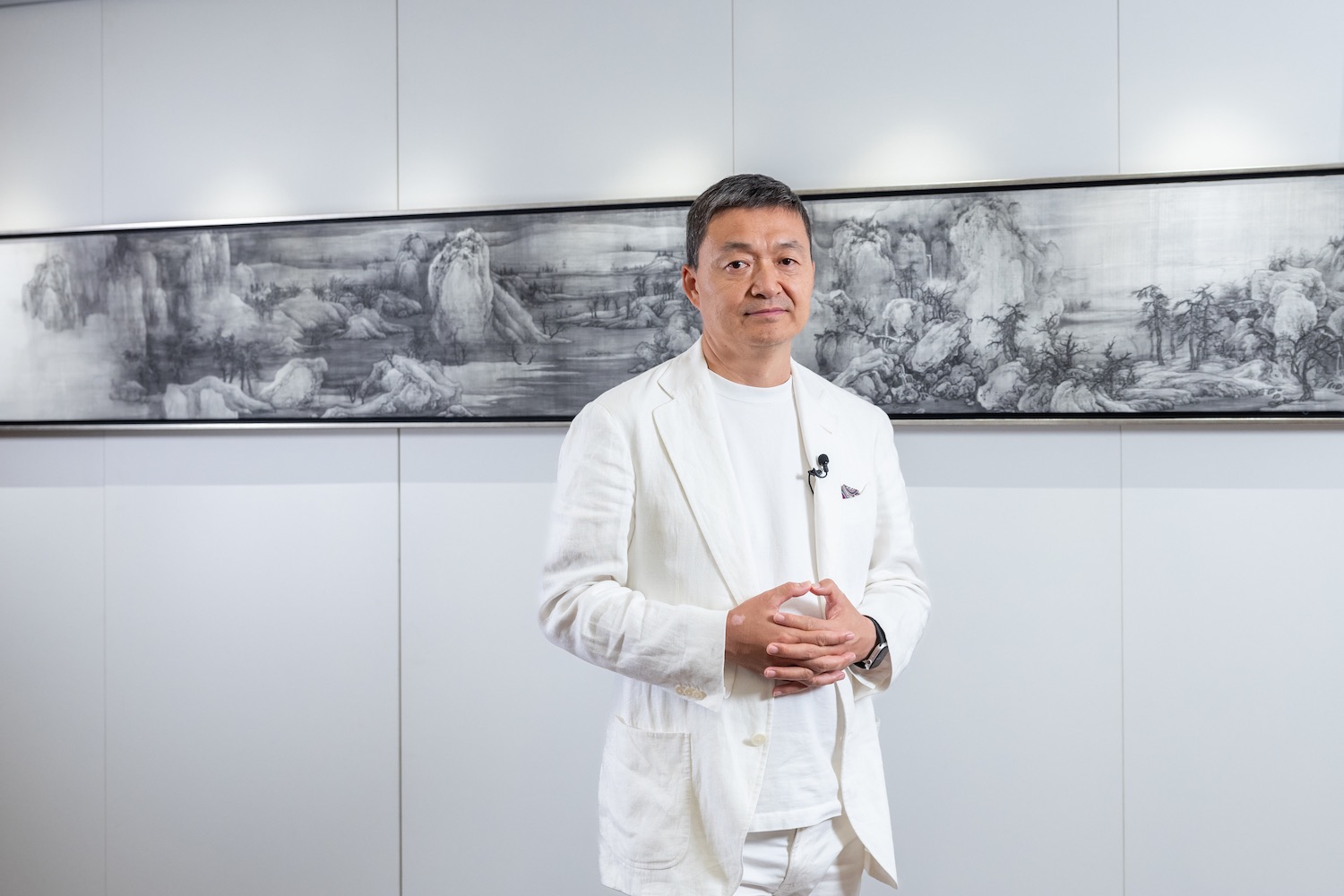Introduction
Expressing the mysterious inner essence of the universe through visual forms.
Tai Xiang-Zhou was born in 1968 to a scholarly family in Yinchuan, Ningxia, the former capital of the Tangut Xixia Kingdom (1038-1227). During his childhood, he studied calligraphy with the exiled master Hu Gong-Shi (1912-1997). He further pursued the study of Chinese traditional culture with the prominent mentor Feng Oi-Yong (1924-2017). To enhance the depth of his art, Tai proceeded to earn a doctorate from Tsinghua University with the philosopher Bao Lin. As an artist, as well as an academic scholar, he published his dissertation, “Celestial Chaos”, which retells the history of Chinese landscape representations by delving into their origins in classical cosmology, particularly its elaborate systems of correspondence between the celestial, terrestrial, and human realms, earning increasing recognition internationally.
Tai has long concentrated on rejuvenating the idealistic forms of traditional Chinese landscape painting. His dedication to the origin and development of “Mountain and Water Representation” (Shan Shui Tu Xiang) has attracted attention from prominent eyes in the field of art. His artworks are largely based on his artistic ideologies of monumental, classicizing landscapes that envelop the vast scope of contemporary human knowledge and experience. His earlier works faithfully harmonize with traditional landscape painting from Song Dynasty (960-1279), which is a golden age for both pictorial and astral arts. From 2013, with plentiful research that Tai had done for his doctoral dissertation, he further expands his perspectives of art creations into cosmology, astrology, and how they intertwine with the aesthetics of painting. His reputed series, “Celestial Chaos”, and many others, can be found in the collection of the university museums of Harvard, Princeton, and Yale. Due to their ability to invite viewers to interact with them corporeally, ritualistically, Tai’s artworks and scholarly writings are frequently written about by esteemed scholars and discussed in art history classes at distinguished universities.
In 2015, as part of the celebration of its 140 anniversary, The Art Institute of Chicago purchased Tai’s “Celestial Chaos No.1, 2014”, marking the first work the museum has ever bought from a living artist. The work can be found in the publication, “Paintings at the Art Institute of Chicago: Highlights of the Collection”. In addition, Tai’s works are also collected by famous collectors such as Elon Musk, and various important museums worldwide such as the Freer Gallery of Art, Minneapolis Institute of Art, Nelson-Atkins Museum of Art Brooklyn Museum, Asian Art Museum San Francisco, Nasher Museum of Art, Seattle Art Museum, Arthur M. Sackler Museum of Art and Archaeology at Peking University, Museum of the Official Provisional Municipal Council of Macau, Zhonghua Book Company, and various other institutions.

